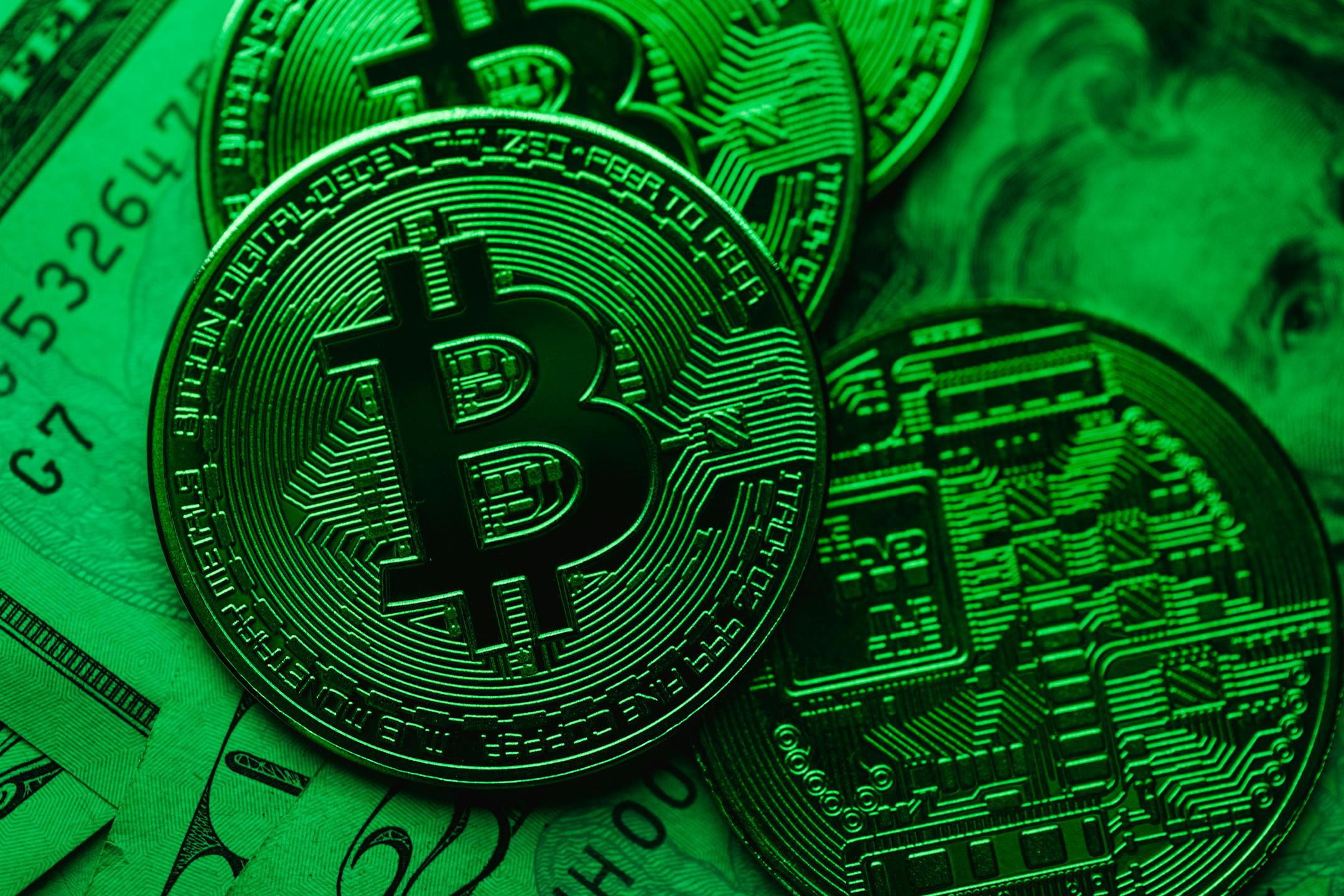
In recent years, Bitcoin has sparked intense debate among investors and financial experts alike, prompting the question: is it truly the currency of the future, or merely a speculative bubble? As a decentralized digital currency operating on blockchain technology, Bitcoin has captivated those seeking alternatives to traditional financial systems. While supporters celebrate its potential to revolutionize how we conduct transactions and store value, skeptics warn of its volatility and regulatory hurdles. This blog post delves into Bitcoin's key characteristics, examines its price movements, and evaluates whether it represents a legitimate investment opportunity or just another fleeting trend.
With a notable surge in value from the lows of 2014 to renewed interest in late 2015, Bitcoin's trajectory has drawn in a mix of enthusiasm and caution. Early adopters and institutional investors are increasingly considering Bitcoin as a serious asset class, yet significant risks remain. From regulatory uncertainties to security vulnerabilities, this digital currency has much to prove before it can gain widespread acceptance. Join us as we explore Bitcoin's potential and pitfalls, seeking to determine whether it truly holds the promise of shaping the future of finance, or if it will ultimately succumb to the perils of speculation.
Understanding Bitcoin's potential: Is it the future of finance?
Bitcoin's emergence as a decentralized digital currency has sparked debates about its potential to transform the financial landscape. At its core, Bitcoin eliminates the need for intermediaries like banks and governments, empowering individuals with greater control over their financial transactions. Its underlying blockchain technology establishes a transparent and secure ledger, enabling trustless peer-to-peer transactions. This revolutionary approach addresses several long-standing issues within traditional finance, including high transaction fees, inefficiencies in cross-border payments, and the pitfalls of central banking's monetary policies.
Furthermore, Bitcoin's capped supply of 21 million coins introduces a deflationary aspect absent in fiat currencies, where central banks can print limitless amounts. This scarcity, coupled with decentralization, positions Bitcoin as a hedge against inflation and political instability. In regions plagued by economic turmoil, citizens increasingly turn to Bitcoin as a viable alternative to unstable national currencies. As this digital asset gains traction, the question remains: can Bitcoin evolve from a speculative asset into a cornerstone of a more inclusive and resilient financial system? The answer may hinge on its ability to adapt and overcome existing challenges while garnering broader acceptance.
Evaluating Bitcoin's recent performance: A sustainable rally or mere speculation?
In late 2015, Bitcoin experienced a remarkable resurgence after a tumultuous year marked by its price plummeting from over $1,100 to around $200 due to the collapse of Mt. Gox. As optimism returned, Bitcoin's price ranged between $250 and $300, and discussions about its potential mainstream adoption gained traction. Factors such as growing institutional interest and payment acceptance by major companies like Microsoft and Dell contributed to this renewed interest. Additionally, the anticipation of an upcoming halving event in mid-2016 sparked speculation that the reduction in mining rewards could create upward pressure on prices. However, despite this rally, serious questions linger regarding Bitcoin's long-term sustainability.
Investors must consider whether the current price surge reflects genuine demand or if it is merely speculative hype fueled by media attention and scarcity. Bitcoin's lack of inherent value—rooted in the absence of cash flow, earnings, or dividends—makes it difficult to assess its true worth. While some view this price increase as a herald of Bitcoin's potential as a legitimate asset class, others caution that it may still be subject to volatile swings. As Bitcoin pushes forward, discerning whether this trend is sustainable or simply a product of speculative fervor will prove essential for potential investors aiming to navigate this unpredictable landscape.
Navigating the risks: Can Bitcoin overcome its challenges and thrive?
Investors should remain vigilant about the significant risks associated with Bitcoin. Regulatory uncertainty looms large, as governments around the globe grapple with how to classify and regulate this digital asset. A shift towards more stringent policies could hinder liquidity and deter institutional participation, undermining Bitcoin's potential as a mainstream currency. Coupled with security vulnerabilities, such as the infamous hacks of major exchanges, these risks create an environment where investor confidence can easily be shaken. Without robust safeguards and regulations in place, the dream of a decentralized, global currency could remain elusive, putting potential adopters on edge.
Furthermore, Bitcoin’s notorious volatility raises serious concerns about its role as a stable medium of exchange or store of value. Daily price swings can dwarf those seen in traditional markets, making it difficult for individuals and businesses to accept Bitcoin for transactions. This inherent instability could deter widespread adoption and paint Bitcoin as a speculative gamble rather than a legitimate currency. As central banks explore their own digital currencies, Bitcoin may face competition that could diminish its utility. Therefore, those considering investing in Bitcoin must assess their tolerance for risk and recognize that, while its challenges are significant, they are not insurmountable.
Every investor has a different starting point. Let’s find yours—and build from there.